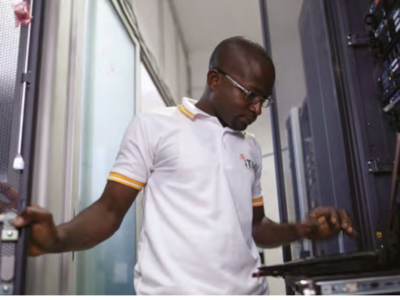Seychelles has a highly active and growing information communication technology sector that encompasses fixed and mobile telephony as well as broadband internet. Telecommunication penetration is estimated at 205.4 per cent, the highest in the region, ahead of Kenya and Sudan.
The Seychelles telecom market is fast evolving, with rapid expansion of long-term evolution (LTE) and a slowdown in 2G and 3G services. For telecom firms, it has become critical to embrace mobile connectivity, IoT, cloud services and smartphones. To maintain revenue and profit, operators across the value chain are obliged to react to these developing market shifts. Seychellois telecom carriers are facing a wide range of issues, including rapidly changing user patterns and financial and technological challenges. Identifying emerging trends and translating them into effective solutions is critical for long-term prosperity. Like other countries around the world, there has been a slowdown in the use of fixed lines, while mobile penetration has accelerated.
The market is dominated by Airtel Seychelles, which controls about 50 per cent of the local market in mobile telephony and internet. Other operators are Cable & Wireless, the oldest provider in the country, and Intelvision, a recent home-grown entrant to the market. Around 79 per cent of all residents have access to the internet. Given the high level of penetration in the market, competition and growth strategies are focused on the quality of services and value-added services.
Market Potential
There are currently 33,000 internet subscriptions in the country, nearly all of which are broadband, serving approximately 97,000 people living in approximately 25,000 households. Some 58 per cent of the population uses the internet on a regular or intermittent basis. This indicates that there is still a sizable population that does not have access to and may not utilise the internet, even though many own and use mobile phones. This section is thought to be made up of the elderly, individuals with limited education and those who cannot afford to pay for internet access.
Investment Opportunities
• The provision of value-added services
• The sale and maintenance of ICT equipment
• Training in ICT for new users ■TG














Comments